
The Infobae team decided to analyze people's knowledge about a topic that is trending both in digital banking and in the payment of services through different applications. , such as Rappi or Uber. And it's about the not-so-well-known 'invisible payments'.
In Peru, for example, when asking workers (including managers) and customers in different financial institutions about such payments, they had no idea.
Meanwhile, in Colombia and Chile, the term of invisible payment has been heard but there is no clarity about it. On the other hand, Mexico is the country in Latin America where various forms of invisible payments are being used the most.
“Invisible payments are the evolution of payments, virtual channels and everything about the digitization of banking (QR code payments, contactless payments, among others). In short, invisible banking is when the bank goes to the background, as does the payment itself,” Daniel Aguilar, Vice President of Business Development at Veritran, told Infobae for Latin America.
The pandemic has accelerated the penetration of contactless payments, both because of the advantages it offers from a hygienic point of view and because of its convenience. “Contactless payment, contactless payment or Near Field Communication (NFC) is a much safer way to pay directly for products or services, being a technology that allows you to make payments only by moving the card closer to the terminal or cash collection device,” Katherine Benel Zapata, a Business and Services official at Scotiabank in Peru, told Infobae.
When talking about invisible payments, reference is made to technological systems that allow the user to make purchases in an establishment without having to pay by physical means, such as cards or cash.
“The payment for a trip is linked to user recognition, through payment data stored in the cloud, similar to what happens when you have to pay for a trip with Uber, Beat or Cabify: the driver completes the trip and the charge is made directly to the card whose data is entered only once in the app. Users can't do anything but get out of the car,” Aguilar explained.
Therefore, users of one of these systems can make payments through applications that store card data in the cloud, and only a smartphone has to be used, for example, to pay the amount owed.
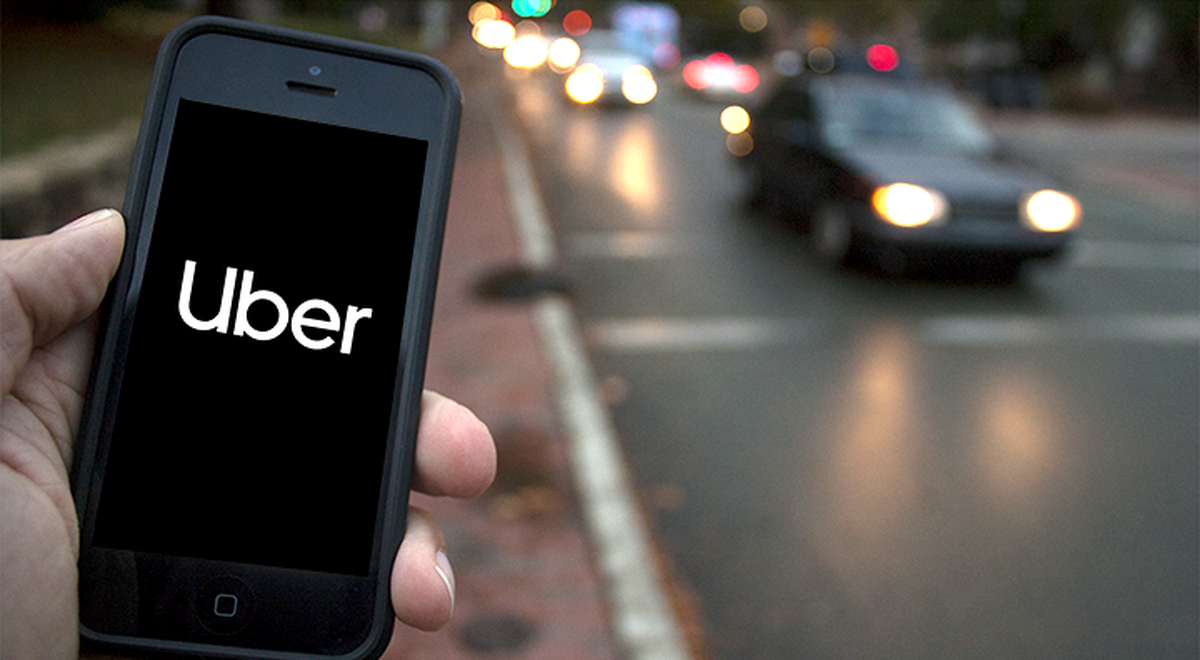
Katherine Benel highlighted the following 4 advantages of using contactless payment technology:
- User data is fully protected. “The person can guarantee that your card number, validity, name and security code (CVV) will not be exposed, you will already have a card with you at any time.”
- It is a very simple and fast tool to use. “This method saves you time, as it has been proven to be up to 6-7 times faster than traditional card transactions.”
- You can preserve better hygiene because money is known to have a lot of germs, and much more so in a period of pandemic.
- It is a technology used in many countries around the world.
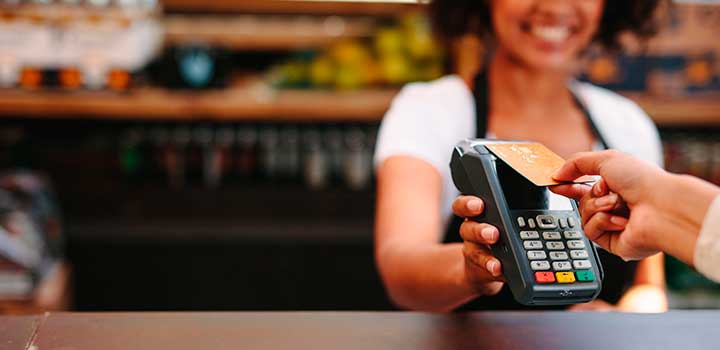
In addition to providing a convenient and easy shopping experience, it should be noted that invisible payments are based on reliable digital technology. In other words, they run processes in a secure environment without affecting user data.
The flexibility and reliability of these systems is also an asset for companies that choose invisible payments, as it allows them to deliver the full user experience.
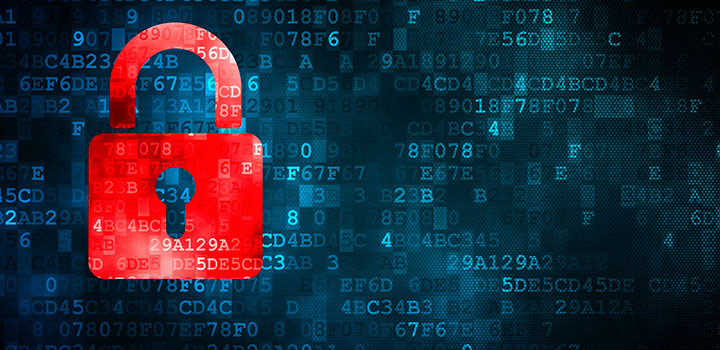
There are many types of invisible payments to replace traditional payment methods, such as the use of microchips. Many companies dedicated to nanotechnology continued to study the safety of these devices every day to increase in future implementations. According to the AFP Report of May 2021, in Sweden, around 6,500 people already use this technology.
The use of Blockchain technology (as a means of payment) has begun to be incorporated by companies, such as Amazon, where services such as Moonpay allow the use of certain digital assets for check-out. Another example is AT&T, which has also adopted the use of Bitpay as a means of payment for its customers.
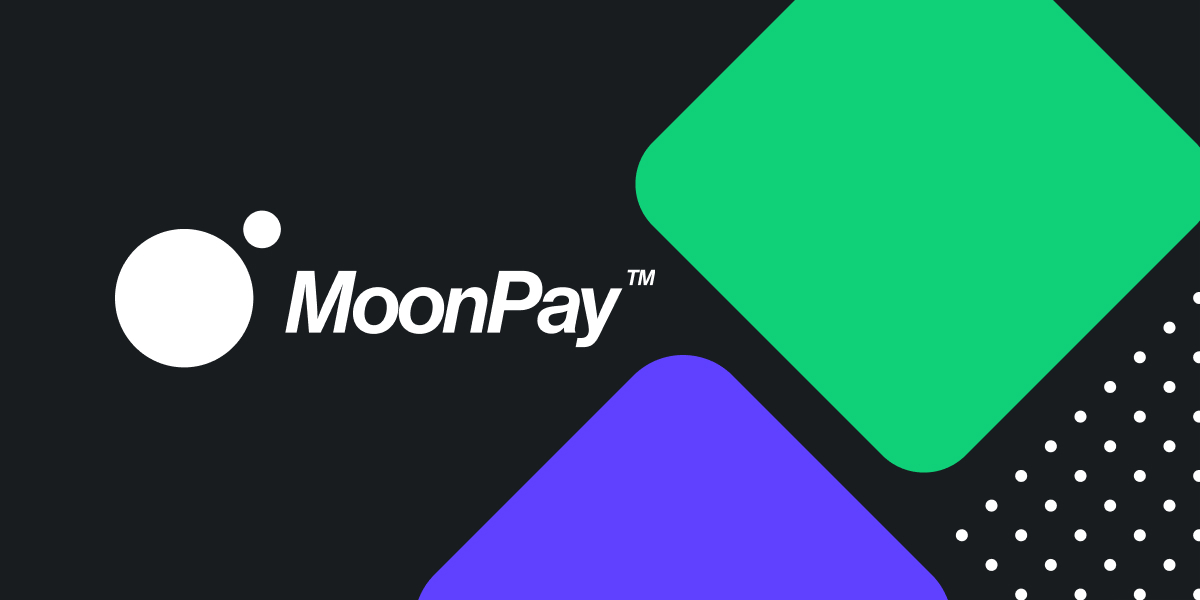
Virtual reality (VR) is another method that many companies, one of them being Alibaba, are in the process of implementing; although not so far has become a concrete plan, so work is being done on the system as an alternative to credit cards.
It is also possible to make payments with QR codes; for example, it is already a reality on the Alameda-Nos line of the Central Train on the Santiago de Chile Metro. This new feature includes new lathes with a customizable seven-inch screen and speaker, which makes it easier to give notifications and allow the customer to scan the QR code.
Finally, you have the payment with the face or biometric payments. To deal extensively with the aforementioned term, do not hesitate to go to the following [link to read an article dedicated exclusively to this topic], in order to understand its definition, how they work and which countries in Latin America this technology is being used.
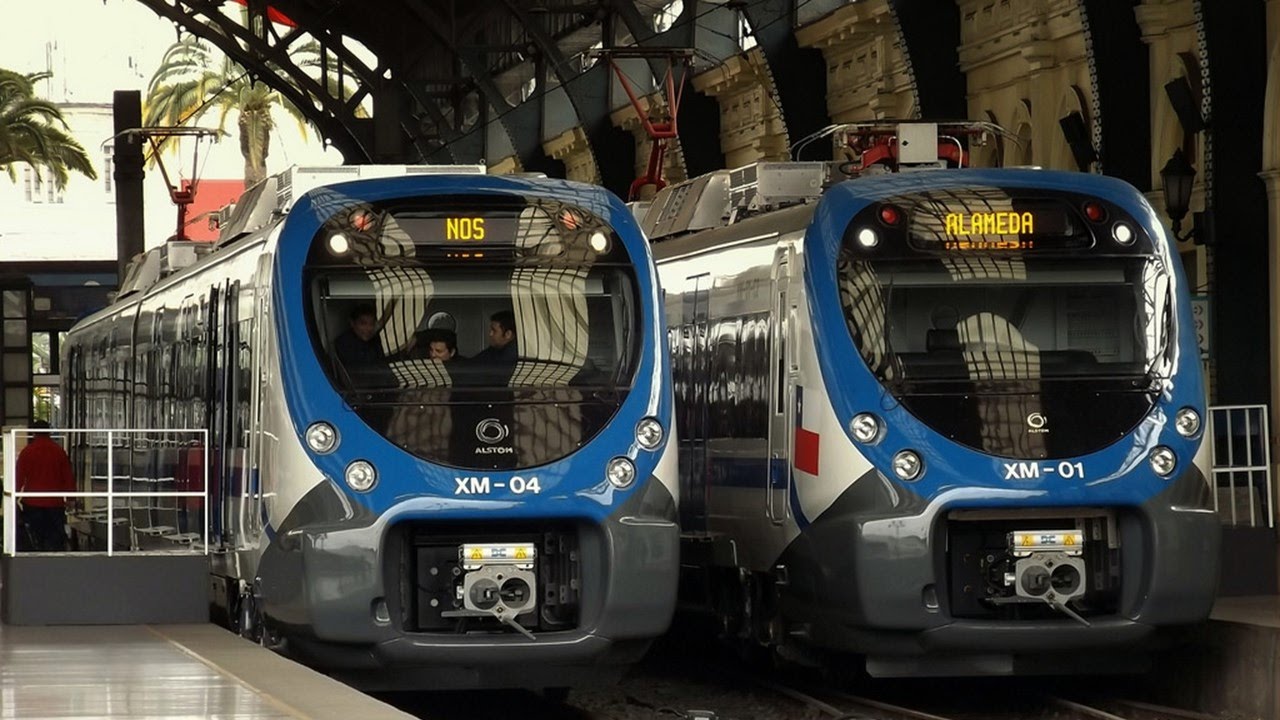
KEEP READING
Últimas Noticias
Debanhi Escobar: they secured the motel where she was found lifeless in a cistern
Members of the Specialized Prosecutor's Office in Nuevo León secured the Nueva Castilla Motel as part of the investigations into the case

The oldest person in the world died at the age of 119
Kane Tanaka lived in Japan. She was born six months earlier than George Orwell, the same year that the Wright brothers first flew, and Marie Curie became the first woman to win a Nobel Prize

Macabre find in CDMX: they left a body bagged and tied in a taxi
The body was left in the back seats of the car. It was covered with black bags and tied with industrial tape
The eagles of America will face Manchester City in a duel of legends. Here are the details
The top Mexican football champion will play a match with Pep Guardiola's squad in the Lone Star Cup

Why is it good to bring dogs out to know the world when they are puppies
A so-called protection against the spread of diseases threatens the integral development of dogs




